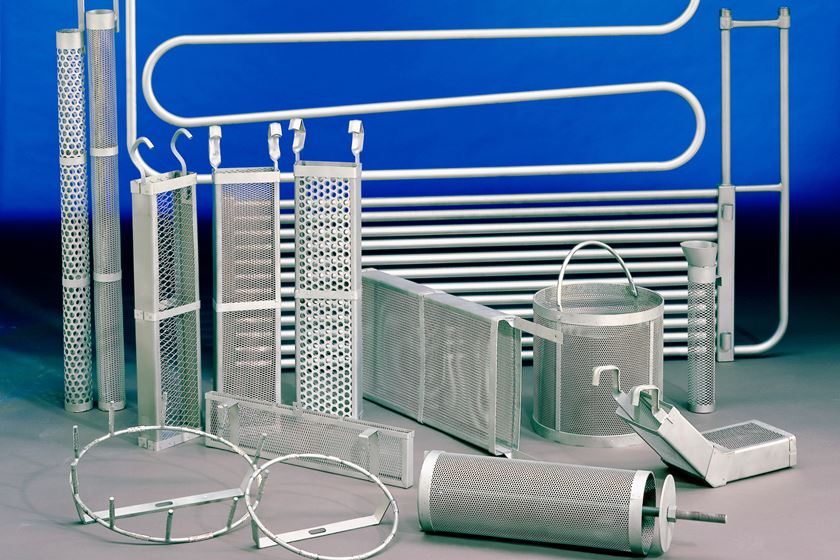A Gold Standard Industrial Engineer
What defines a “Gold Standard Engineer?” Find out in this installment of PF’s Never Finished column by Matthew Kirchner.

Earlier this year a friend who owns and serves as chairman of one of America’s largest private manufacturing companies asked me to help him define what we called a “Gold Standard Industrial Engineer.” This is what I told him.
A gold standard industrial engineer understands lean manufacturing and specifically how to identify bottlenecks and constraints in manufacturing processes. Show me someone who has read Goldratt’s The Goal, understands its lessons and can put them to practice and I’ll show you someone worth their weight in diamonds in the world of manufacturing. Further, a gold standard industrial engineer understands lean tools, including 6S, Kaizen, six sigma, visual management, standard work and the optimization of changeover time.
Gold standard industrial engineers:
- Live by manufacturing metrics. They can measure and identify opportunities to improve throughput, yield, efficiency, productivity, on-time delivery and understand their impact on direct costs and gross profit.
- Understand the technologies that form the foundation of manufacturing, including fluid power, mechanical drives, AC/DC circuits, Ohms Law, materials and material properties. They can speak fluently about injection and blow molding, welding, die casting, machining and fabrication including stamping, turret and deep draw presses, press brakes and progressive dies. They’re familiar with the processes adjacent to manufacturing operations, including paint, powder coating, ecoating and heat treating.
- Are familiar with robotics and automation and have the ability to program and operate industrial robots. They can select different robots and end-of-arm tools for each unique application. They can deploy robot vision systems. They are familiar with programmable logic controllers (PLCs), I/O, ladder logic, electric relay control and PLC programming. They understand electric motors, motor control and AC Drives. They can write CNC machine programs.
- Can be relied on to design manufacturing processes and compare and select equipment. They can calculate return on investment and suggest which capital additions provide the optimum payback. They have advanced understanding of blueprint reading and development, understand geometric dimensioning and tolerancing and can design in 2D and 3D CAD.
- Understand process control concepts, including temperature, level, flow, pressure, SCADA and proportional-integral-derivative controllers.
- Have a working knowledge of system integration, computer and control networking. They can integrate PLCs, human machine interfaces, robots, motors, conveyors, sensors and other production equipment. So too do they have working familiarity with network security, cybersecurity and cyber risks and countermeasures, managed and unmanaged networking and its applications in keeping data and equipment secure.
- Are current on emerging manufacturing technologies, commonly called Industry 4.0. They know the types, applications, uses and programming of smart sensors and smart devices including those embedded in manufacturing equipment purchased from suppliers. They understand how artificial intelligence and machine learning are revolutionizing manufacturing through the power of predictive analytics. They are familiar with databases, database concepts and data analytics. They are familiar with the applications of mixed reality, augmented reality and virtual reality, digital twins, additive manufacturing and 3D scanning.
- Understand the technology used in distribution and logistics, including conveyors, radio-frequency identification, barcode technology, automated storage and retrieval systems and the control technology used to operate them.
- Know that quality is built into the manufacturing process, not ensured by final inspection. They understand quality testing processes including mechanical, electrical, corrosion, non-destructive testing and the related equipment and tools, for example coordinate measuring machines, dial calipers and micrometers used in manufacturing. They know the value of standardized quality systems and can speak fluently about their use in manufacturing.
- Understand that nothing matters more than their safety and that of those around them are intimately familiar with and properly use personal protective equipment. They also have knowledge of safety procedures including lock-out tag-out, confined space entry, fire and fall protection, hazard communication and so on.
- Understand that system troubleshooting is a science and they can narrow down manufacturing problems to a small number of potential root causes that can be tested and rectified as necessary.
- Are master communicators. They can codify, present and articulate their ideas, proposals and suggestions succinctly and effectively. Moreover, they are great listeners and can combine their own great ideas with those of others to arrive at optimum solutions and improvements. They are emotionally intelligent and exhibit the personality traits that make them liked, appreciated and respected by their coworkers.
Does it sound like I described the superhero of manufacturing? Perhaps. But gold standard industrial engineers are exactly that.
















